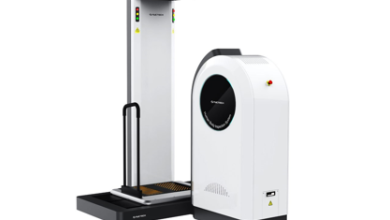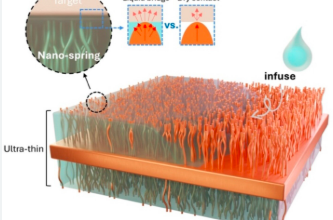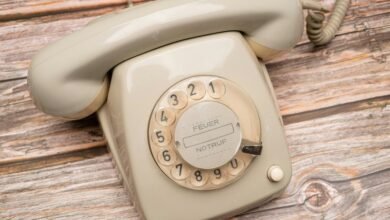Embossing on Different Materials: Exploring the Possibilities

Embossing is a captivating creative technique that gives a variety of materials depth, surface, and aesthetic intrigue. Embossing machines provide a plethora of chances for creative articulation, from paper to leather and metal. Every subject has a unique set of challenges that must be overcome using a variety of strategies to get surprising results. Additionally, we will go into the realm of embossing on various materials in this article. We will look at the limitless possibilities and inspiring ideas that may be acknowledged via this flexible form of art. Moreover, join us as we unearth the wonders of embossing across many materials, whether you are an expert or a beginner.
Commercial Applications Of Embossing
- Embossing paper products like greeting cards, envelopes, invitation cards, paper bags, and other paper stationery is highly popular. All that we use to make the goods more attractive and improve sales is a modest embossed design.
- A leather wallet or journal are perfect items to personalize with hot embossing. Additionally, to make the receiver feel special and raise the product’s value, the name or a message can be embossed on it.
- Fabrics used to make apparel, curtains, pillow covers, and other home furnishings can be embossed to give the finished product a new depth.
- For the blind, embossing is widely utilized. Braille-embossed books are common, and braille information, notably warnings, and risks, is appearing on an increasing number of consumer items.
- On credit cards, debit cards, identity cards, membership cards, and other cards, embossing is frequently utilized. This kind of embossing often employs steel dies or types and is alphanumeric.
- Companies in the advertising and marketing industries frequently utilize embossing. It is frequently used on marketing collateral, gifts, and other items.
Leather Embossing
Leather is difficult to emboss, particularly when you have a thick or rough piece. If you have the correct equipment, leather crafts like custom bracelets, earrings, key holders, and labels are simple to manufacture.
How Do You Emboss Leather?
- Pressure utilized; the higher the pressure, the more pronounced and lasting the embossing is.
- If pressure is applied for a prolonged period, leather embossing is more resilient.
- Another crucial factor is the temperature of the instruments used to emboss leather.
- Last but not least, moist leather should be used for embossing since it produces considerably more noticeable and distinct embossing.
Paper Embossing
The process of elevating paper or other non-metal goods with the use of tools to give them a raised appearance is known as paper embossing. Furthermore, heat embossing and dry embossing are the two types of embossing.
How Is Paper Embossed?
Materials Needed
- Source of light
- Paper
- Cardboard/stencil
- adhesive or tape
- Cardstock (1 sheet) and/or hefty paper of any kind
Steps Involved
Set Your Stencil on a Window or Lightbox
Take a stencil and place it in the middle of a window or lightbox. Additionally, if you are using numerous stencils, finish one thoroughly before moving on to the next.
Set up the Stencil
Tape the edges with care. Make sure the stencil doesn’t move at all and remains flat.
Follow the Design
Use your stylus to trace the pattern on your lightbox. Mark the design carefully; don’t tear the paper. Shade the outlines or the solid areas as necessary.
Finish It Carefully And Neatly
Remove the paper from the glass once you have completely traced the pattern. After that, gently remove the tape to reveal the pattern. Ultimately, you may color it, and add glitter to enhance it.
Fabric Embossing
A fun and creative way to add surface and plan components to your texture projects is by embossing fabric using a machine.
How Is Fabric Embossed?
Choose the Fabric
Avoid fabric with a large percentage of manmade materials since they might not hold the embossed surface as well.
Choose the Embossing Design
Decide on the design you’ll use to emboss on your fabric.
Embossing Machine Setup
To correctly set up your embossing machine, follow the instructions that came with it.
Test and Adjust
It’s a good idea to conduct a trial run on a piece of material before embossing it to your final surface.
Adjust The Fabric On Embossing Machine
moreover, put your fabric on the embossing machine and adjust it so that it fits the decorative plates or rollers. As you move the texture through the machine, use light, uniform pressure. Additionally, be careful to maintain a constant pace and avoid expanding or twisting the texture while the machine is running.
Set the Embossed Design
Follow the fabric maker’s instructions for heat setting or pressing to ensure the longevity of the embossed design.
For more information related to embossing machines Short Order Products.
Conclusion
To sum up, we hope that the above-mentioned techniques and tools will help you get the best results from your embossing machine.




